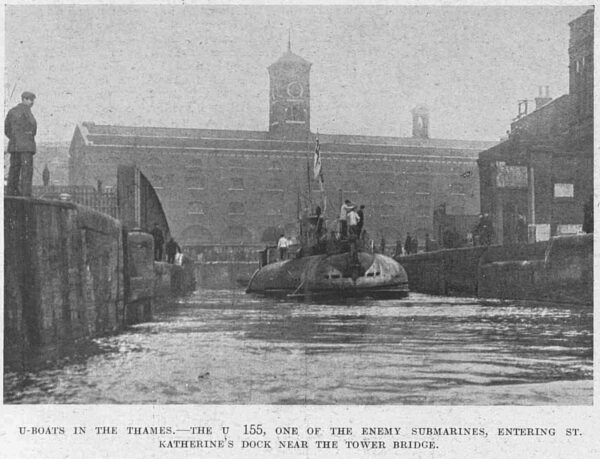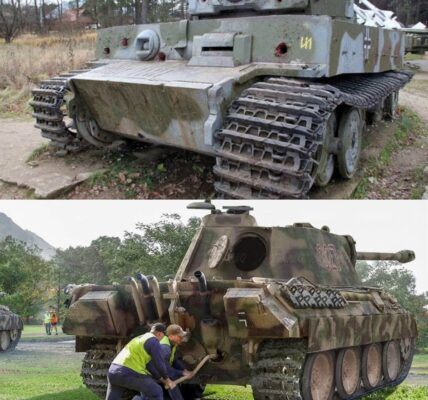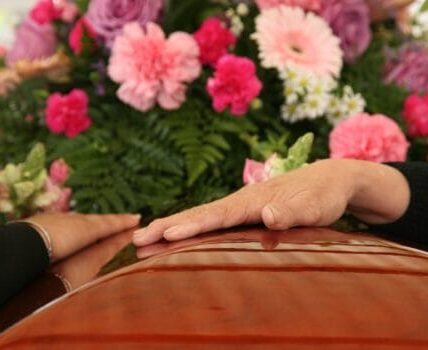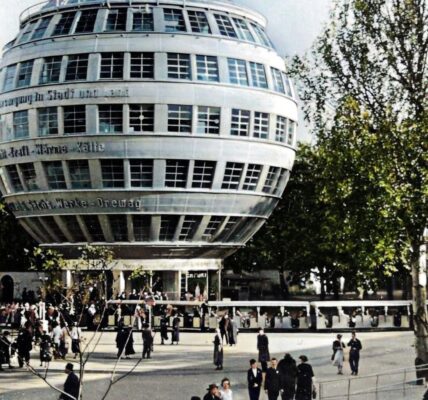

One hundred years ago, four German submarines penetrated Tower Bridge into the Port of London, the heart of the city’s cargo trade.
First World War II. World War II. 1918. Handover/use of the German booty to the Angels: first German submarine for the London Tower Bridge. England, London, 1918.
Fortunately, they were not on an attack mission, as the war had ended the previous month and these four submarines were now the spoils of war.
As part of the armistice agreement, German submarines were required to surrender to the British, and by December over 120 submarines had surrendered at the agreed point off the coast of Harwich.
Several were then sent with British sailors to various ports in the United Kingdom to spread propaganda for the end of the war.
The most famous of the four ships bound for London was U-155 “Deutschland.” It was the first ship to complete the Atlantic crossing and was originally designed as a new-generation freighter capable of circumventing the Allied blockades of German ports.
After two voyages as an unarmed merchant ship, she was acquired by the German Imperial Navy in February 1917 and converted into U-155, armed with six torpedo tubes and two deck guns. As U-155, she began a raid in June 1917 that lasted until October 1918. She sank 120,434 tons of shipping and damaged another 9,080 tons.
However, British newspaper reports on the submarine after the war were quite damning, stating that British submarines were (obviously) superior.
The four submarines left Harwich for London on December 2, 1918, and arrived the following afternoon – 100 years ago today.
U-155 returned to St. Katherine Dock, while two other ships headed for Westminster: the minelayer UB6 and the German Navy’s most modern submarine, the UC95. The other submarine, U-152, headed for Greenwich and moored at the pier there.
They were all open to the public, and people could pay a shilling to go on board and look around
The U-155 was moored in St. Katherine’s Dock next to the Q-Boat HMS Suffolk Coast, a camouflaged cargo ship with heavy guns hidden below deck, which was used during the war to attract German U-boats, who believed it was easy to destroy an unarmed boat.
Most of the submarines were sunk or sold for scrap, while U-155 was sold to a company controlled by Horatio Bottomley MP, who planned to send it for exhibitions throughout Britain.
However, the exhibitions were a financial disaster, with a loss of £15,000, and in September 1921, the ship was taken to Birkenhead for scrapping. Unfortunately, an explosion occurred during the scrapping, killing five young apprentice fitters. Bottomley himself was later convicted of another fraud and spent seven years in prison. He died impoverished in 1933.
But for a few weeks, four German submarines were stationed in London, and this was quite a sight for the war-weary public.





